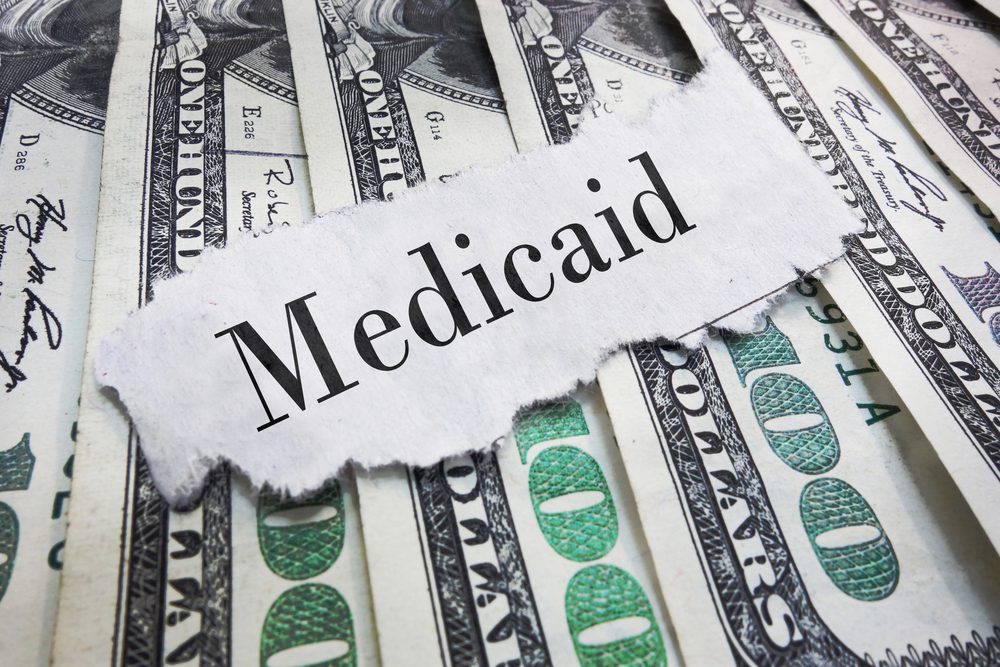
Studio portrait of Sid Salter. (photo by Beth Wynn / © Mississippi State University)
By: Sid Salter
After many months of speeches, political ads, TV & radio commercials and social media propaganda, trying to have a serious discussion of education funding in Mississippi is in great measure a fool’s errand and an errand that is dependent on one’s world view.
With all that posturing and number-tossing, did we really learn anything useful or new? The takeaway seems that there is a substantial appetite for higher education funding, but not for the new taxes or the spending cuts in other vital government services necessary to provide that funding.
For the record, in the Fiscal Year 2019 budget, Mississippi spent $2.937 billion on education or 52.99 percent of the state’s $5.548 billion in Regular General Fund appropriations. That’s $2.234 billion or 40.21 percent on K-12 public education and $716.1 million or 12.78 percent on the state’s eight public universities and 15 public community colleges.
And by anyone’s measure, Democrat or Republican, liberal or conservative and rich or poor, $2.937 billion is a lot of money. But the question of the worth of that investment, now that’s a question heavily dependent on one’s world view and partisan and philosophical affiliations.
The contenders in Mississippi’s 2019 elections battled incessantly over education spending, teacher pay, public versus private education, education funding formulas and other policy questions. The governor’s and lieutenant governor’s races were thick with education charges and countercharges.
In June of this year, the U.S. Census Bureau Annual Survey of School System Finances took a broader, less politicized look at education spending at the K-12 level based on national 2017 numbers by state. Despite Mississippi taxpayers spending $2.234 billion on K-12 education in 2019, the state in 2017 ranked 47th in per pupil spending at $8,771.
What is the source of K-12 education spending in Mississippi? The Census Bureau reported in the same study of 2017 budgets that 50.8 percent came from state taxes while 35.1 percent came from local taxes and 14.1 percent came from federal taxes (a higher percentage of federal sourced funds than any state except New Mexico).
How was Mississippi’s $8,771 per pupil expenditure spent in 2017? $4,971 on instruction, $462 on pupil support, $407 on instruction support, $289 on general administration, $531 on school administration and $2,110 on other expenses including capital outlays and intergovernmental transfers.
The news on higher education funding in Mississippi isn’t much better. In fact, the Center for Budget and Policy Priorities claims that adjusted for inflation, per student funding for Mississippi public colleges and universities is 34 percent below 2008 levels.
Simultaneously, CBPP claims that between 2008 and 2018 tuition costs at Mississippi’s four-year public universities increased on average $2,361 over that decade. The group concluded that the combination of a declining percentage of state support for higher education and an increasing percentage of tuition has made higher education less affordable and endangered quality at the state’s public universities.
As for the state’s community colleges, perhaps no facet of Mississippi education had more promises made to them during Mississippi’s 2019 campaign season. Politicians talked often about workforce training and the role of community colleges in that process.
But nationally, federal spending on financial aid tripled from $50 billion in 1995 to more than $150 billion in 2015, but state per full-time student spending on higher education decreased by 28 percent over the same period.
Particularly thorny is the issue of Pell Grants, the federal educational grants of up to $5,775 that go to families making less than $50,000 a year. Most recipient families make closer to $20,000 annually, according to Forbes Magazine. All of Mississippi’s higher education institutions benefit from the Pell Grant program – as do lower income working families across the state.
Twice during his term in office, President Donald Trump has discussed a diversion of up to $2 billion in Pell Grant funds or an outright funding cut of the program, once as a means of financing his plans to beef up NASA for a moon shot or another U.S. return to space travel.











